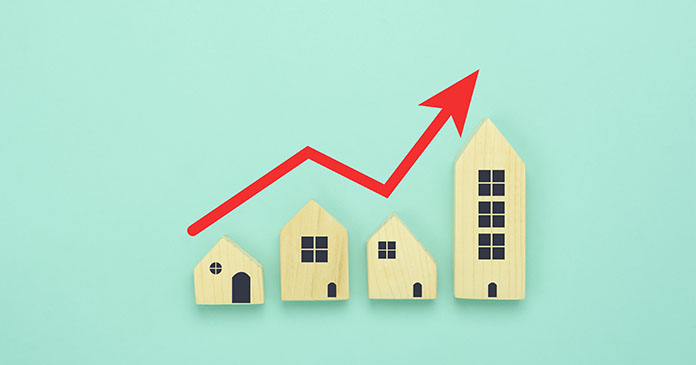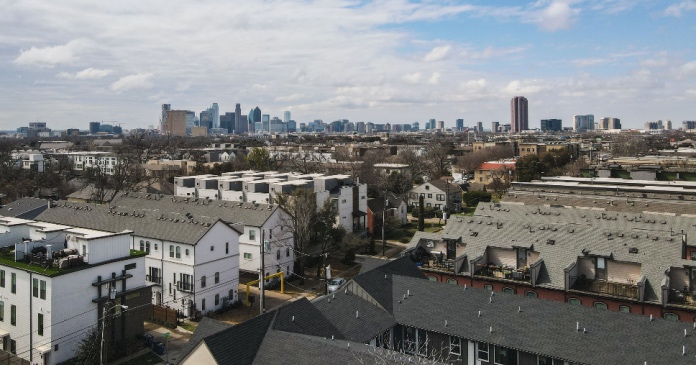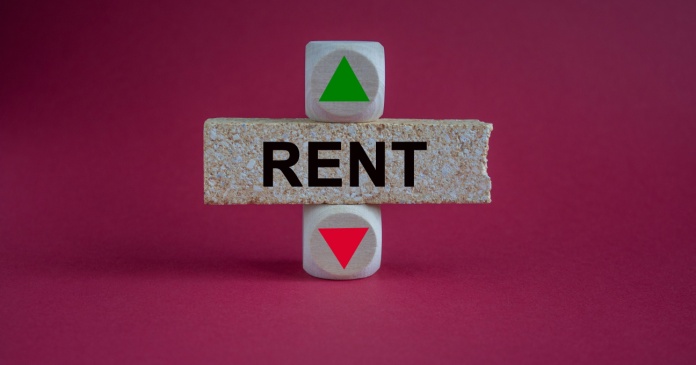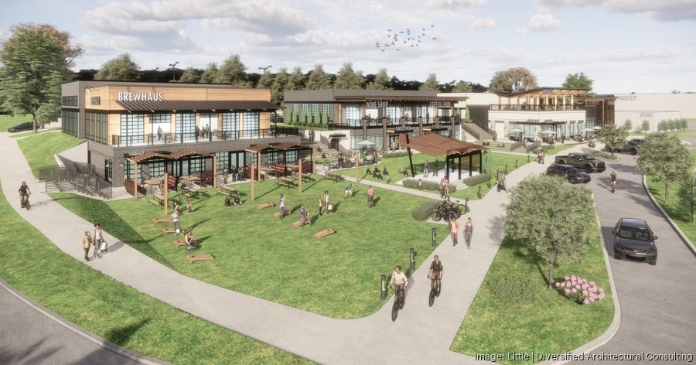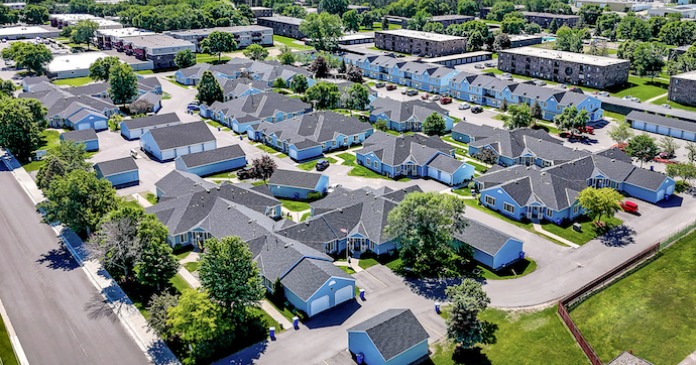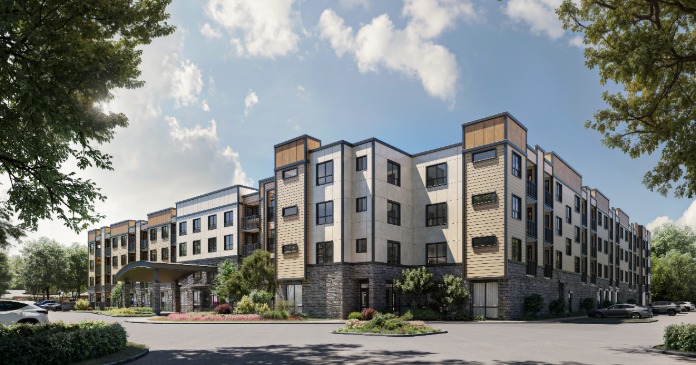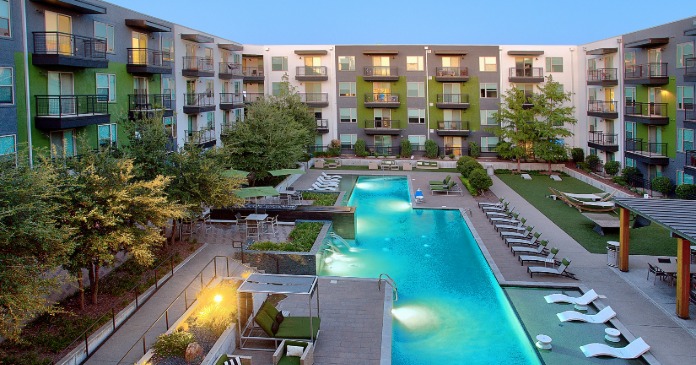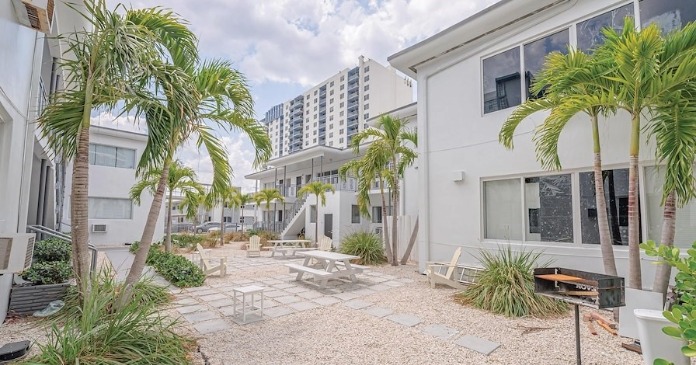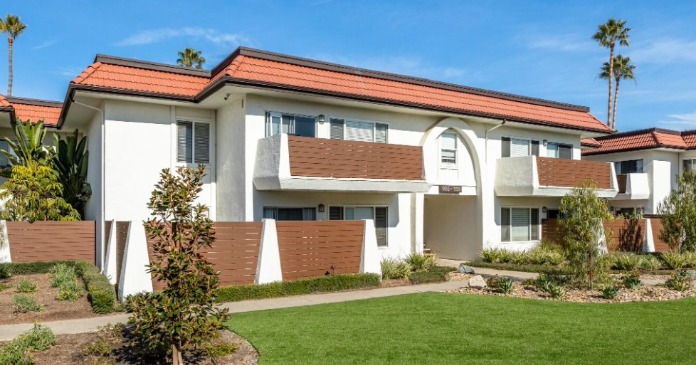At first glance, the June housing starts report appeared to be negative, with activity declining 5.0 percent to a seasonally adjusted annual rate of 549,000 units, down from a pace of 578,000 units in May. But on closer examination there were some positive signs.
Single-family starts fell a modest 0.7 percent—from 457,000 to 454,000—suggesting that they are at or near bottom after dropping off with the expiration at the end of April of the home buyer tax credit, which advanced a significant amount of housing demand into that month.
Although single-family building permits fell 3.4 percent in June—from 436,000 to 421,000—this was due to a 7.8 percent decline in the South; the other regions were either flat (the West) or up slightly (the Northeast and Midwest).
Even multifamily construction, which continues to struggle against forces such as weak rents and the scarcity of financing, provided some basis for optimism. Largely responsible for the drop in total starts in June, multifamily starts fell 21.5 percent to a yearly rate of 95,000, down from May when they were running at a 12-month high of 121,000.
But the picture is not so bleak when viewed in the broader context of quarterly averages, which remove much of the noise created by the volatile monthly numbers.
Multifamily production in the second quarter proceeded at an annual pace of 111,000 units, which was up 19.4 percent from 93,000 in this year’s first quarter and up 45.0 percent from 76,000 in the fourth quarter of 2009.
Meanwhile, multifamily building permits in June jumped 19.6 percent to 165,000, their highest level since February 2009, from May’s 138,000. On a quarterly basis, permits rose 9.5 percent to 142,000 in the second quarter, up from 130,000 in the previous quarter.
At worst, multifamily construction appears to have found a solid bottom, and more optimistically appears to be on a steady, if erratic, upward course.
NAHB is forecasting that residential construction will slowly improve throughout the second half of this year and into next year, bolstered by continued low mortgage rates, affordable housing prices and an improving jobs market.
Builder and consumers pessimistic
Conducted and released before the June housing starts and building permits numbers were reported, July’s NAHB/Wells Fargo Housing Market Index (HMI) fell to 14, down from 16 in June, indicating that builders see little ground for optimism at the present time. Expiration of the home buyer tax credit, ongoing competition from foreclosed properties and short sales and difficulty in obtaining AD&C credit all contributed to the downbeat mood of the builders surveyed by NAHB.
Traces of rising optimism were found in the Northeast and the Midwest where the index rose, albeit to levels that remained low, and that improvement was supported by an increase in June’s single-family building permits for the two regions.
At the same time, slipping building confidence in the South was matched by a drop in the region’s permits. The HMI for the West also indicated an erosion of confidence, but the region’s single-family permits were flat.
Meanwhile, portraying gloomier consumers, the University of Michigan’s Consumer Sentiment Index dropped to 66.5 in July from June’s 76.0. Beneath the surface there was positive news for housing, with 76 percent of the households surveyed believing that now is a good time to purchase a house, the second highest reading over the past 14 months and only one percentage point below the peak level for this period.
Further improvement in the economy may enable more households to act on this belief.
Economy works through slow patch
The dejected spirits of builders and consumers have not been helped by recent indications that the economy is slowing down. Industrial production rose a mere 0.1 percent in June, though it was still up a healthy 8.2 percent from a year earlier. Meanwhile, capacity utilization held steady at 74.1 percent, its highest level over the last year and a half.
Consumers retrenched in June, cutting retail sales 0.5 percent from May, the second monthly reduction in a row. Sales were still up 4.9 percent from a year earlier.
Even small movements in consumer spending, which is responsible for two-thirds of the gross domestic product (GDP), can have major implications for growth. NAHB believes that consumer spending will slowly increase over coming months, helping to support the economic recovery.
Inflation still under control
The seasonally adjusted monthly Consumer Price Index (CPI) was down in June for the third consecutive month, falling 0.1 percent following a decline of 0.2 percent in May, but up 1.1 percent from a year earlier. Meanwhile, core inflation—excluding food and energy prices—rose a modest 0.9 percent from a year earlier.
The low rate of inflation gives the Federal Reserve the room to maintain its expansionary monetary policy and to keep mortgage rates low.
For the past year, the rental component of the CPI has been essentially flat, and as of June, it was down 0.1 percent from a year earlier. Home-ownership “prices”—measured by using an owner’s equivalent rent, which is largely driven by the rent index without utilities—has also been drifting down, declining 0.3 percent over the past year.
The rent and owner components of the CPI make up 31 percent of the CPI. The soft rental market and excess vacancies have kept rents from rising, which has been a challenge to apartment owners who have seen other costs increase. It also has made it more difficult for multifamily projects to obtain financing.
Weakness in construction contributed to a 0.7 percent drop in June for overall building materials prices for both single-family and multifamily construction, their first decrease in eight months. However, they were still up 3.9 percent and 3.5 percent, respectively, from a year earlier. Major contributors to June’s price decline were falling lumber, energy and copper prices.
Author: David Crowe, NAHB chief economist


